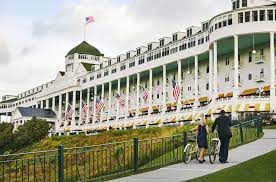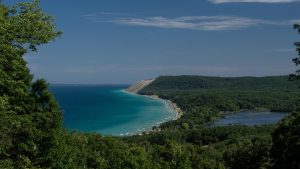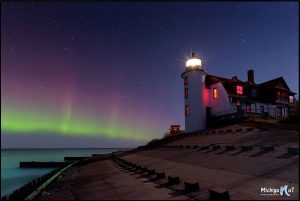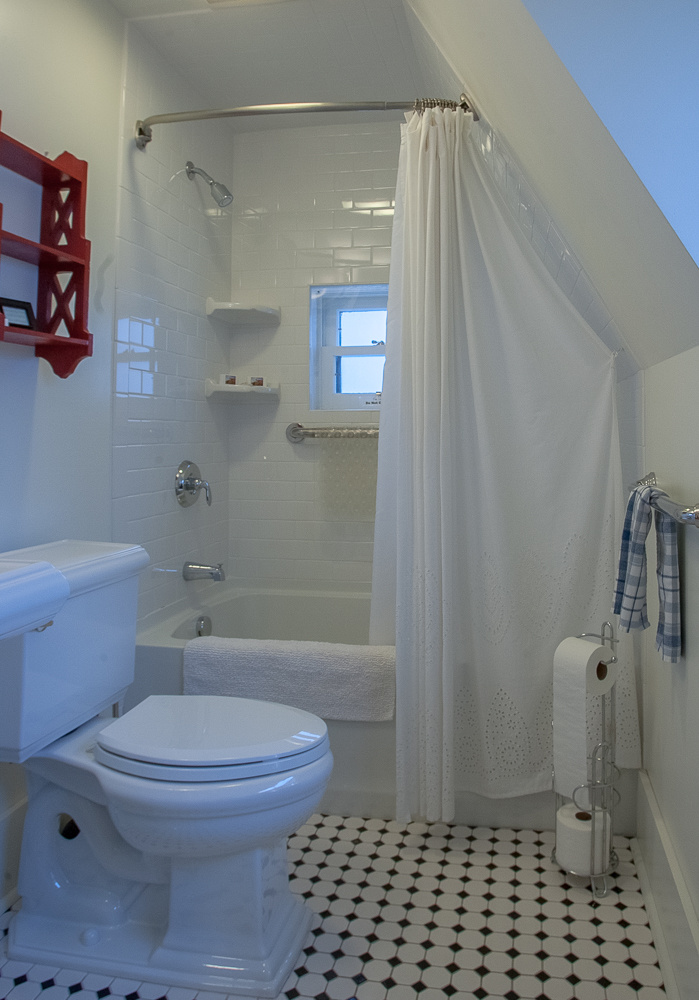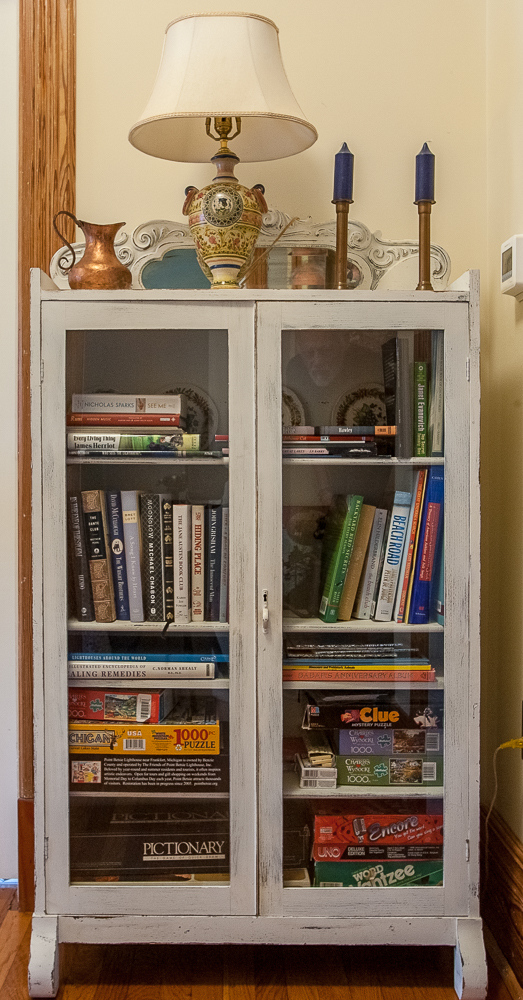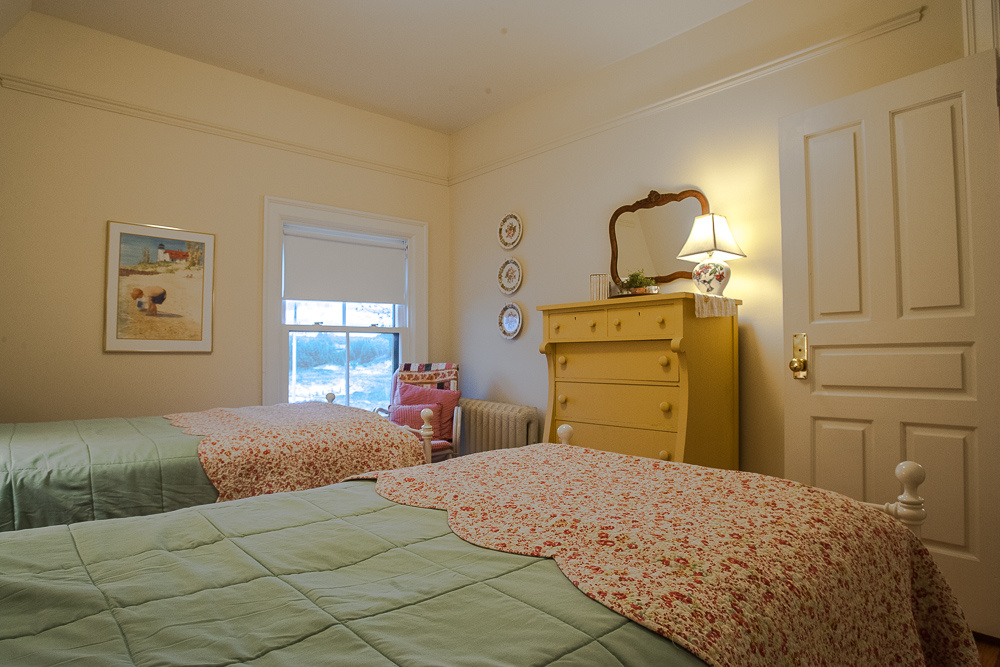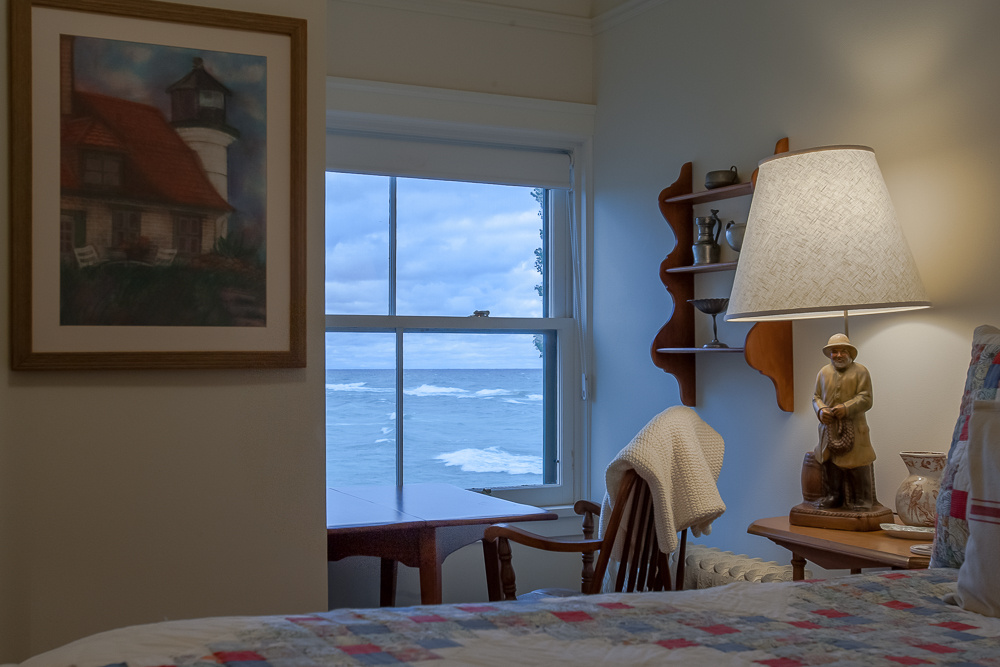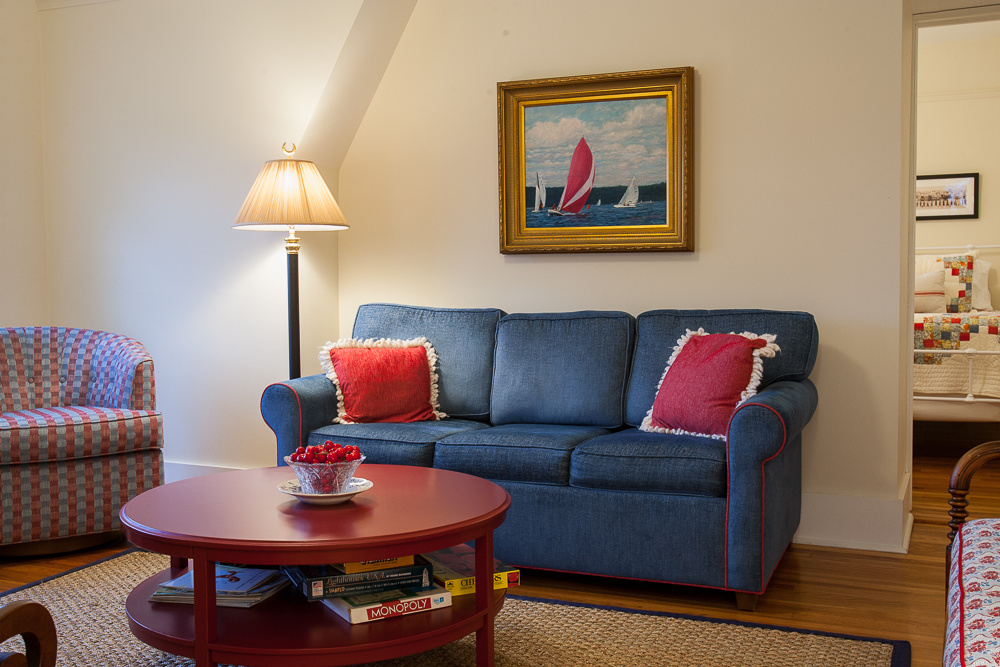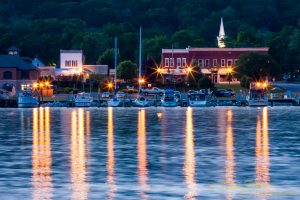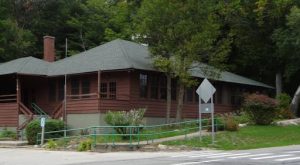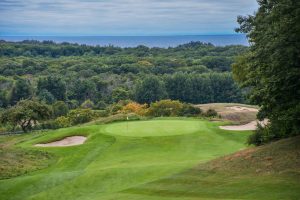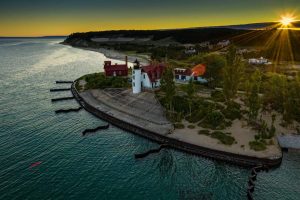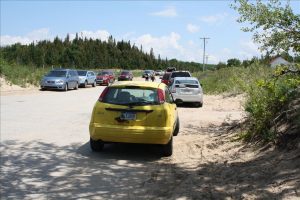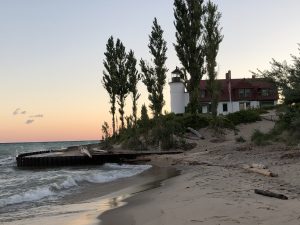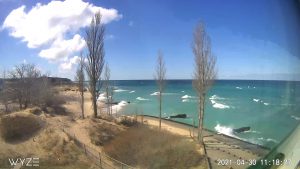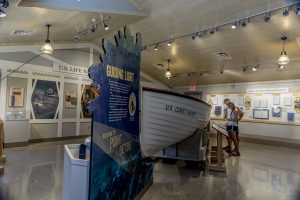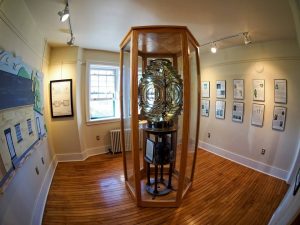Point Betsie Lighhouse Est. 1858
The name Point Betsie originates from the Native American people who were in the area and communicating with the French at the time. The French “Pointe Aux Bec Scies” comes from the Indigenous word “Ug-Zig-A-Zee-Bee” which People of the Three Fires [Tribal] Council gave to a river flowing into Lake Michigan just a few miles to the south, where sawbill or Merganser ducks thrived. Translated, Point Betsie means Saw Beak Point. [1] Construction of Point Betsie began in 1854 and was completed in 1858, with service beginning in the shipping season of 1859. The lighthouse was constructed at a cost of $5,000. The light was the site of one of the earliest Life-Saving Stations, built in 1875. The cost of the Life Saving Station was $3,000. [2] Point Betsie was built with Cream City Brick and the plans called for a light 37 feet in height from the foundation to the top of the ventilator ball. Placement of the structure, on the dunes, exacted the lighthouse at a focal plane of 52 feet above lake level. Five concentric brick rings encircling the tower beneath the lantern, each successively larger in diameter than the lower ring, formed a support for the gallery on which a decagonal cast iron lantern was installed. In 1900, due to a critical need for a day marker, the Point Betsie tower and dwelling were painted white, and the roof and parapet were painted red. Point Betsie was the last lighthouse on Lake Michigan to be completely automated; a white, Vega VRB-25 was installed in 1983. Before automation, the lantern room was fitted with a Fourth Order Fresnel (pronounced fruh-nel) Lens. The “wickies” operated this light for 106 years. [3]
North of Point Betsie Lighthouse is the Manitou Passage. Point Betsie is still serving as an active navigation aid. As a sentinel for ships passing through the channel, Point Betsie has been defined by, and is defining, this portion of Lake Michigan shoreline. The natural history of this stretch of inland sea is dynamic and mind boggling. With an unparalleled vantage point from Betsie’s Lantern Room, views of today’s wind and water erosion are clearly contrasted from the historic panoramas of the mid-19th Century that are on display at the Point Betsie Lighthouse Museum. The stories and lives of early American Lightkeeping families on the Great Lakes can be difficult to absorb without immersing oneself in the place where the Keepers lived, and lit the beacon. Lists cannot portray the lives of Keepers but photo collections, oral histories, and artifacts can help us understand how the Keepers worked, and lived, at Point Betsie Lighthouse.
“In 2010, this site received The Governor’s Award for Historic Preservation. Today, with 300 members strong, The Friends of Point Betsie Lighthouse continue to preserve the site, and educate the public about Point Betsie Lighthouse. Dedicated volunteers and caring individuals serve as museum guides to the delight of guests who will often hear stories steeped in history and lore. To many, Point Betsie is arguably one of the finest of all historical lighthouse sites in the Great Lakes region.
Point Betsie is listed on the National Register of Historic Places, Reference #84001375
Credits:
[1] Jonathan P. Hawley “Point Betsie: Lightkeeping and Lifesaving in Northeastern Lake Michigan”
[2] The Friends of Point Betsie Lighthouse, Museum Docent Guidebook
[3] Terry Pepper, “Seeing the Light”
Photo Credits:
Top Right: ca. 1895 Cream City Brick Photo, Courtesy of the National Archives;
Middle: Shoreline landscape with driftwood, Courtesy of the U.S. Coast Guard
Bottom Right: 21st Century with Lilacs in Early Summertime. Courtesy of Jay Burt, Walk Softly Photography
References:
Sleeping Bear Dunes National Park Service
U.S. Coast Guard History


